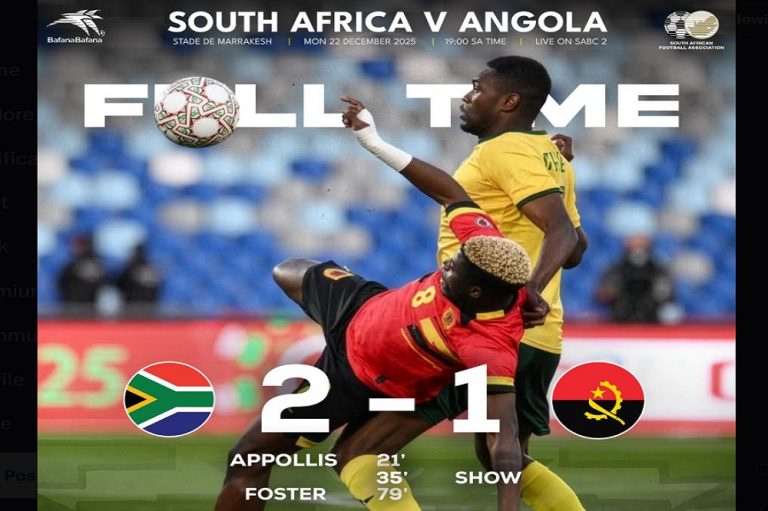
India, China and Russia "Trioka" strengthen ties at SCO summit as Xi Jinping pushes for a New World Order. Image: XinhuaNet.
(The Post News)– India, China, and Russia signaled an increasing camaraderie at the Shanghai Cooperation Organization (SCO) summit on Monday, presenting a united front against Western dominance.
Indian Prime Minister Narendra Modi and Russian President Vladimir Putin marched hand in hand into the hall, heading straight to meet Chinese President Xi Jinping. The three grinned, laughed, and even shook hands, an action observers noted symbolized the rebirth of a “troika” aimed at countering U.S. dominance.
The Tianjin summit was attended by over 20 global leaders, yet the focus was on the three BRICS titans. The timing was no coincidence. U.S. President Donald Trump had just imposed 50 percent tariffs on Indian products to penalize New Delhi for its purchase of Russian oil.
By projecting warmth with Xi and Putin, Modi chose to send a clear message: India now has other great powers to deal with. “Optics are a key part of this summit, and the White House must realize its policies will cause other countries to look elsewhere to fulfill their interests,” Takshashila Institution’s Manoj Kewalramani in Bangalore said.
President Xi Jinping used his opening speech to urge SCO members to shed “Cold War mentality, bloc confrontation, and bullying.” He invited China as a stable counterpoint to the unstable policies of Washington, asserting nations must “forge ahead” amidst global upheaval.
Xi also emphasized the importance of historical narratives, calling on members to “pursue a proper understanding of World War II history.” Specialists say Beijing attempts to use such language in supporting its legitimacy in reshaping the world order.
Russian President Vladimir Putin, hard hit by Western sanctions for his actions in Ukraine, used the SCO stage to highlight Moscow’s long-standing relationships with both Beijing and New Delhi.
Modi was warmly welcomed by him as a “dear friend,” and afterwards he invited him into his armored Aurus limousine. The two leaders exchanged words for an hour inside the car before moving on to their official bilateral talks.
“Even under the most trying conditions, India and Russia have always marched shoulder to shoulder,” Modi declared. He underscored their “Special and Privileged Strategic Partnership” as a necessity for global peace and stability.
Putin echoed Modi’s sentiment, stressing the foundation of decades-long trust. Modi later posted their photo together on social media, revealing that discussions touched on trade, fertilizers, space cooperation, security, and cultural exchanges.
India and China Move Toward Reconciliation
Though tensions linger from border clashes in 2020, Xi and Modi adopted a conciliatory tone. Xi insisted the two nations should be “partners, not rivals,” while Modi spoke of a new “atmosphere of peace and stability.”
As a goodwillgesture, Modi announced direct air connectivity between India and China would be resumed, a crucial move towards normalization, but did not state within what time frame.
The SCO, created in 2001 by Russia, Central Asian nations, and China, today has 10 full members and 16 dialogue partners, which also include Iran and Pakistan. Symbolically important, the bloc allows members to coordinate positions and respond to Western action.
In Tianjin, the people witnessed unprecedented fervor. Motorcades filled the streets, and light displays and billboards illuminated the roadways. The people referred to the session as historic, even though the government limited traffic and urged citizens to remain indoors.
For Beijing, the summit provided impetus for a grand parade of troops on Wednesday to celebrate 80 years since the war against Japan ended. Both Putin and North Korean leader Kim Jong-un will make appearances.
Beneath the smiles, some severe issues continue to exist. India remains highly dependent on Western markets and is suspicious of China’s growing footprint in Asia. The border dispute has not been settled.
Russia, getting closer to Beijing, also risks becoming overly dependent on China due to Western sanctions. Experts warn that such lopsidedness can take the alliance to the brink in the long term. “Optics do little to close the fault lines that there are in the India, China, and Russia troika,” Kewalramani stated.
Still, Modi, Putin, and Xi were able to present an image of a common front, suggesting that even as Washington is recalibrating its power, India, Russia, and China are poised to move in as alternative centers of power.



